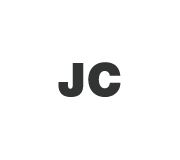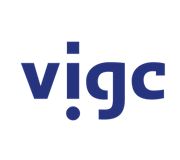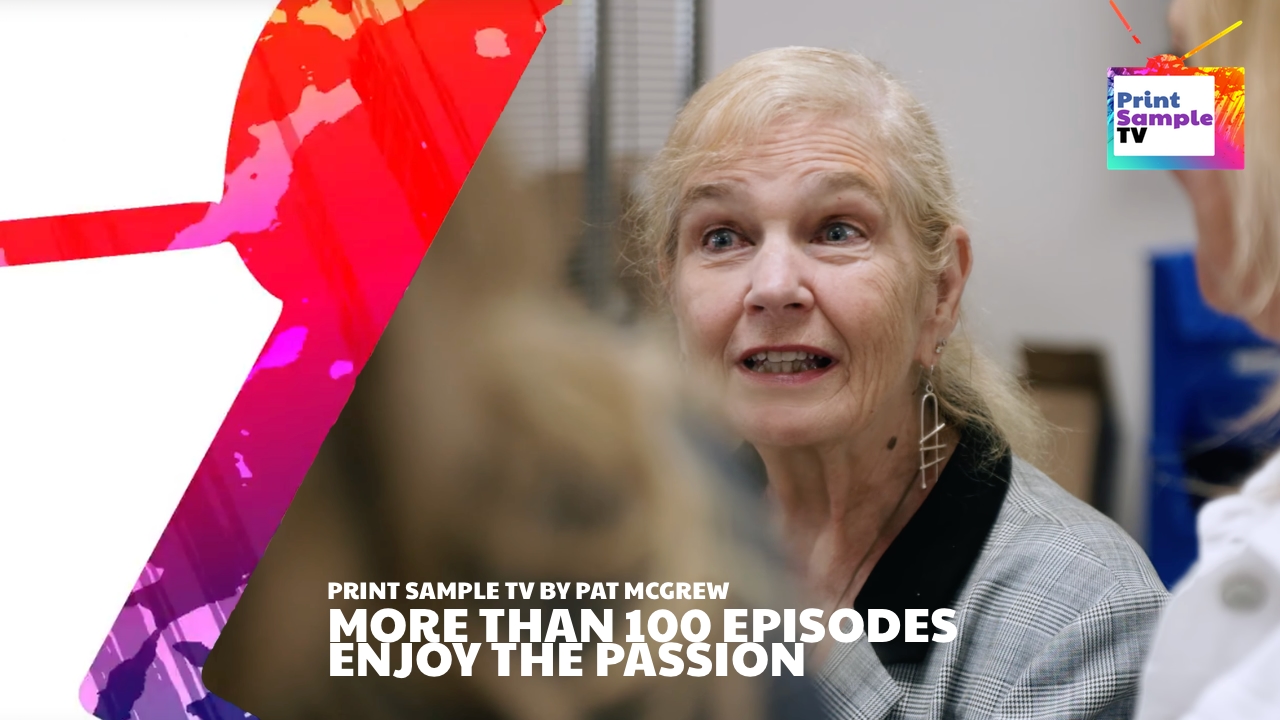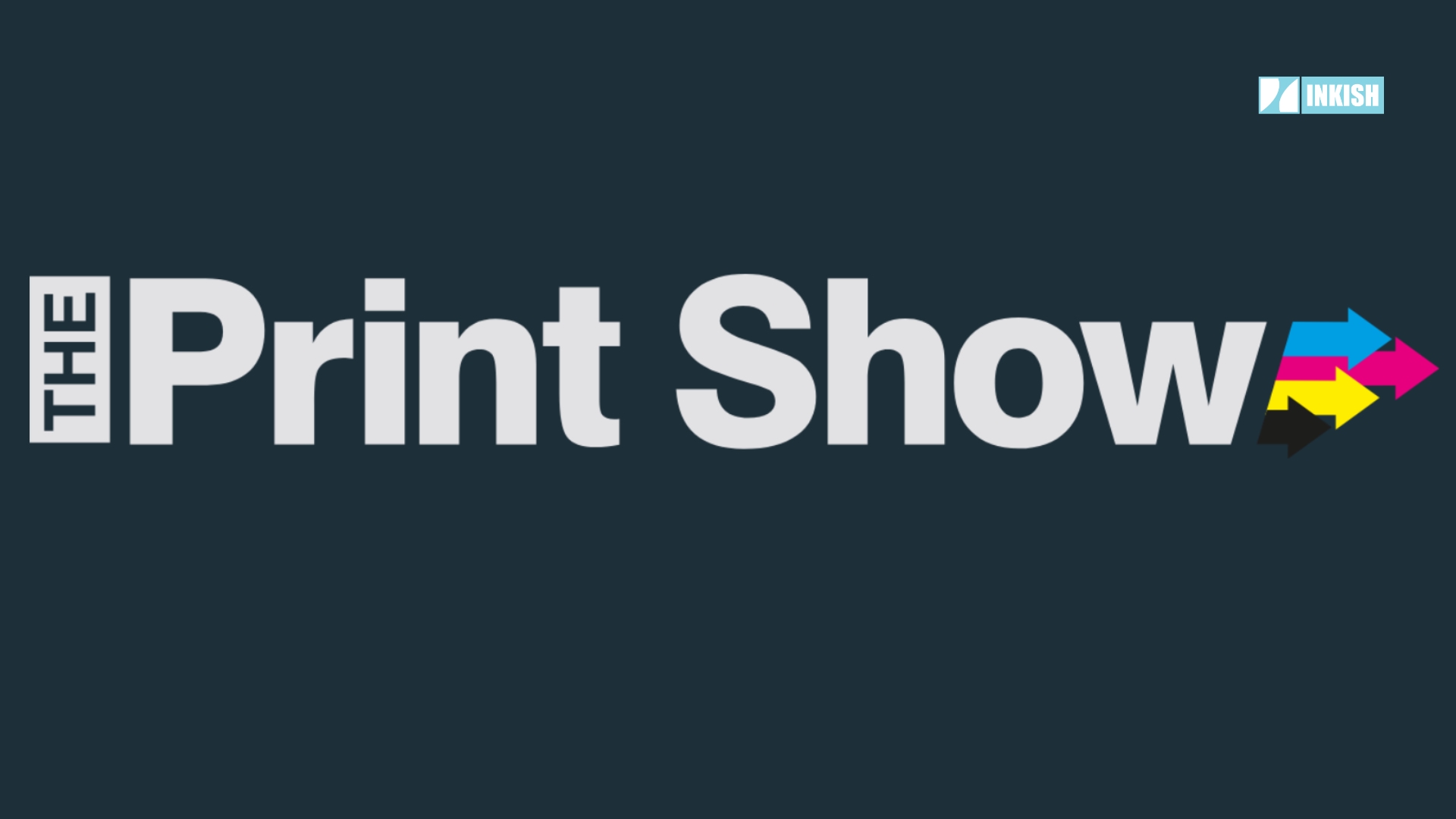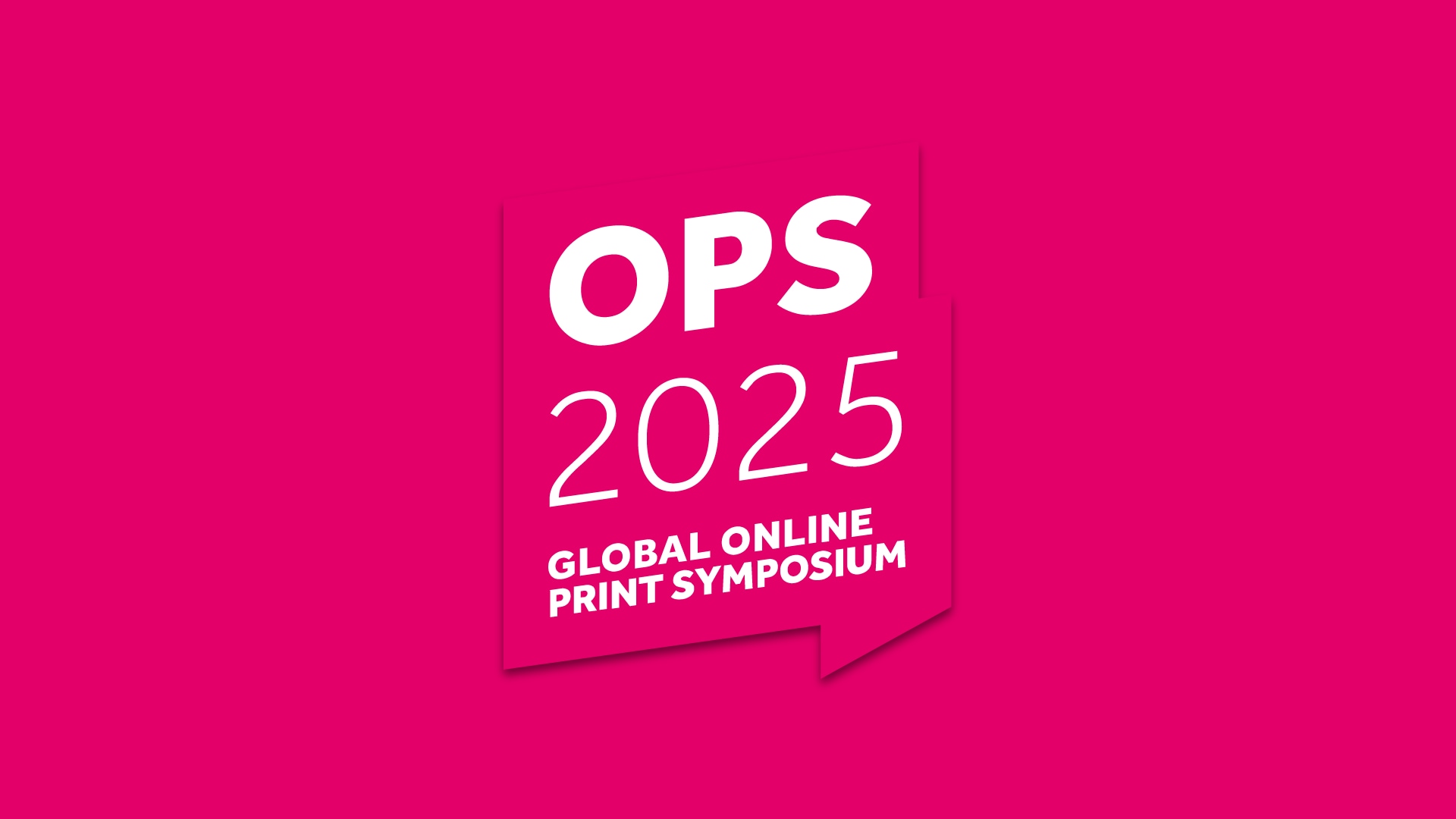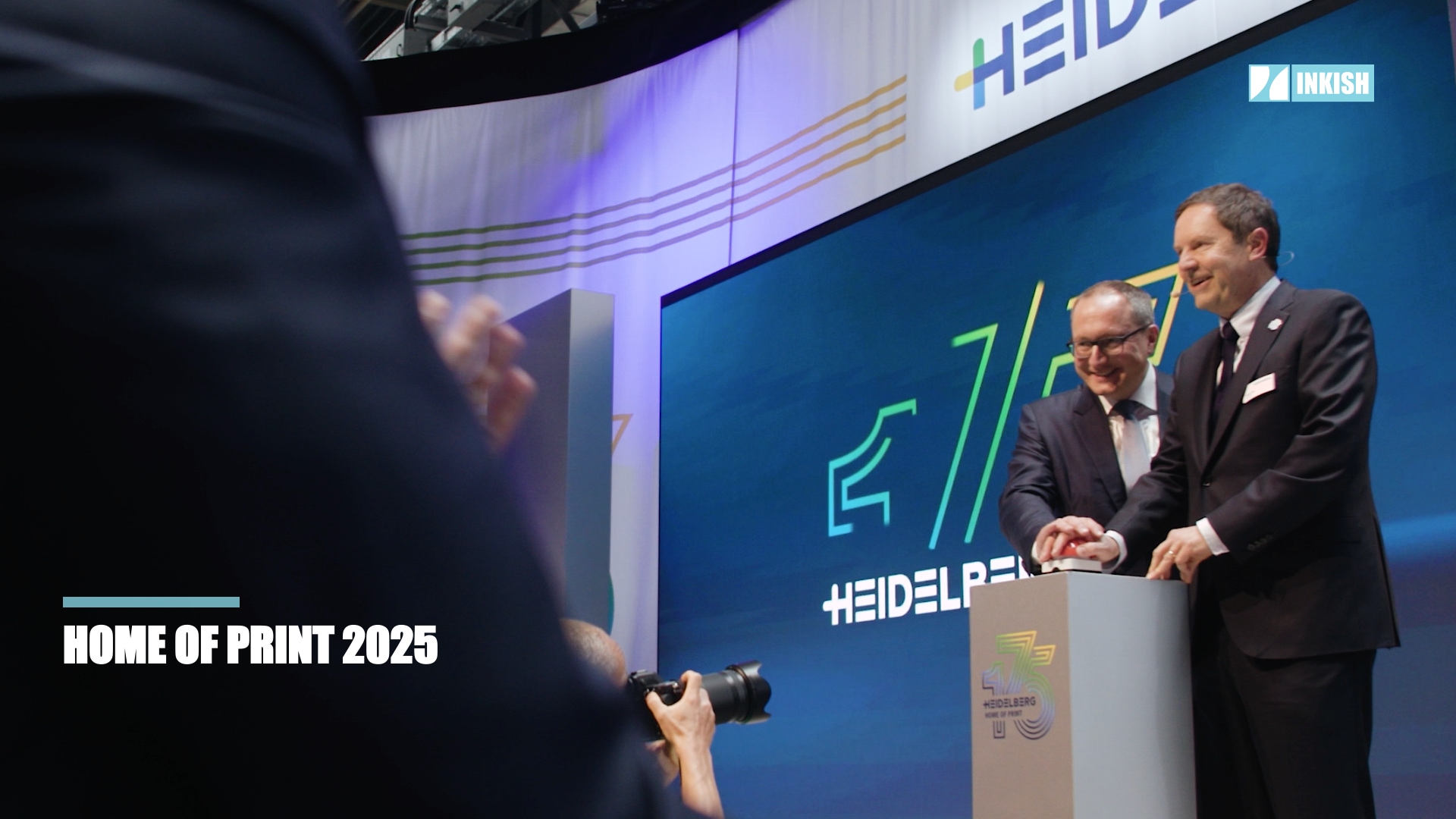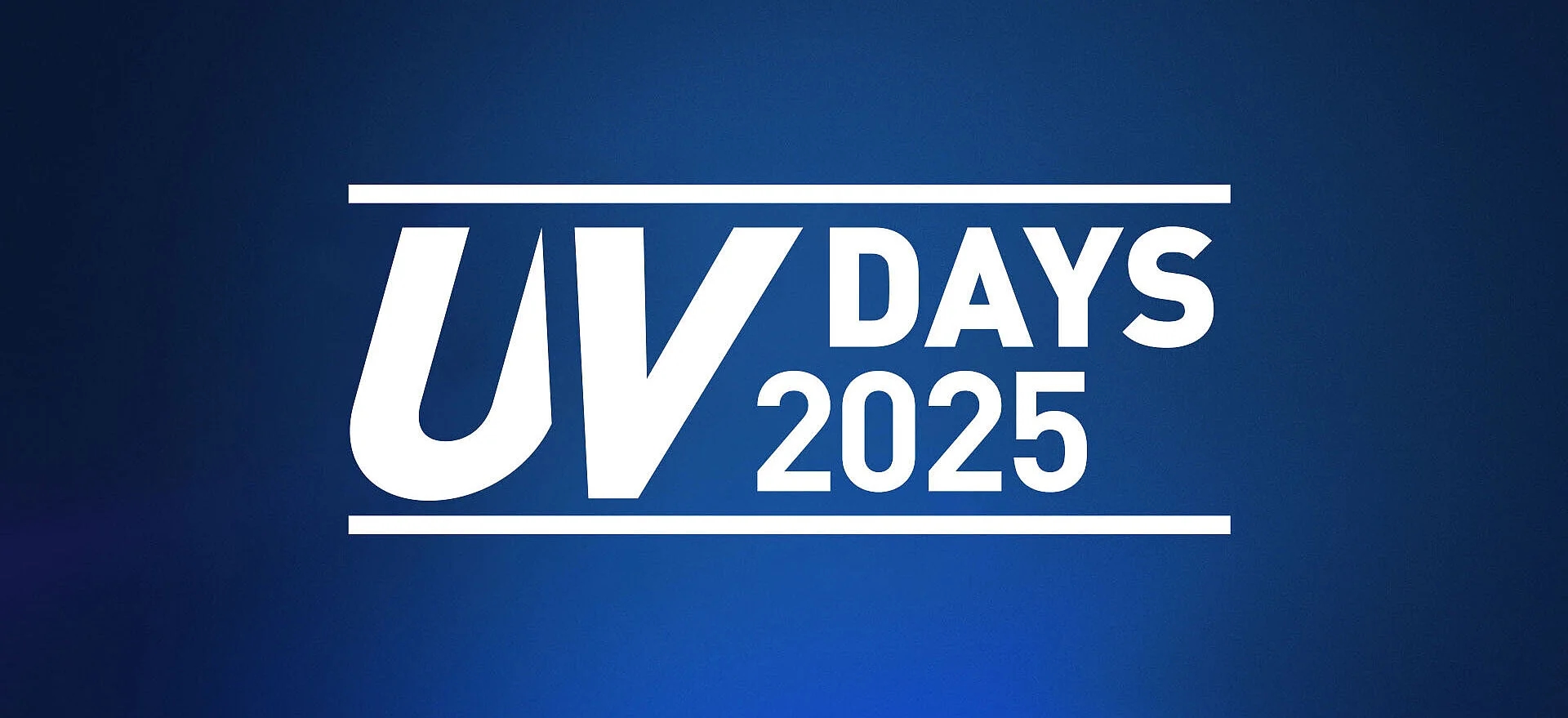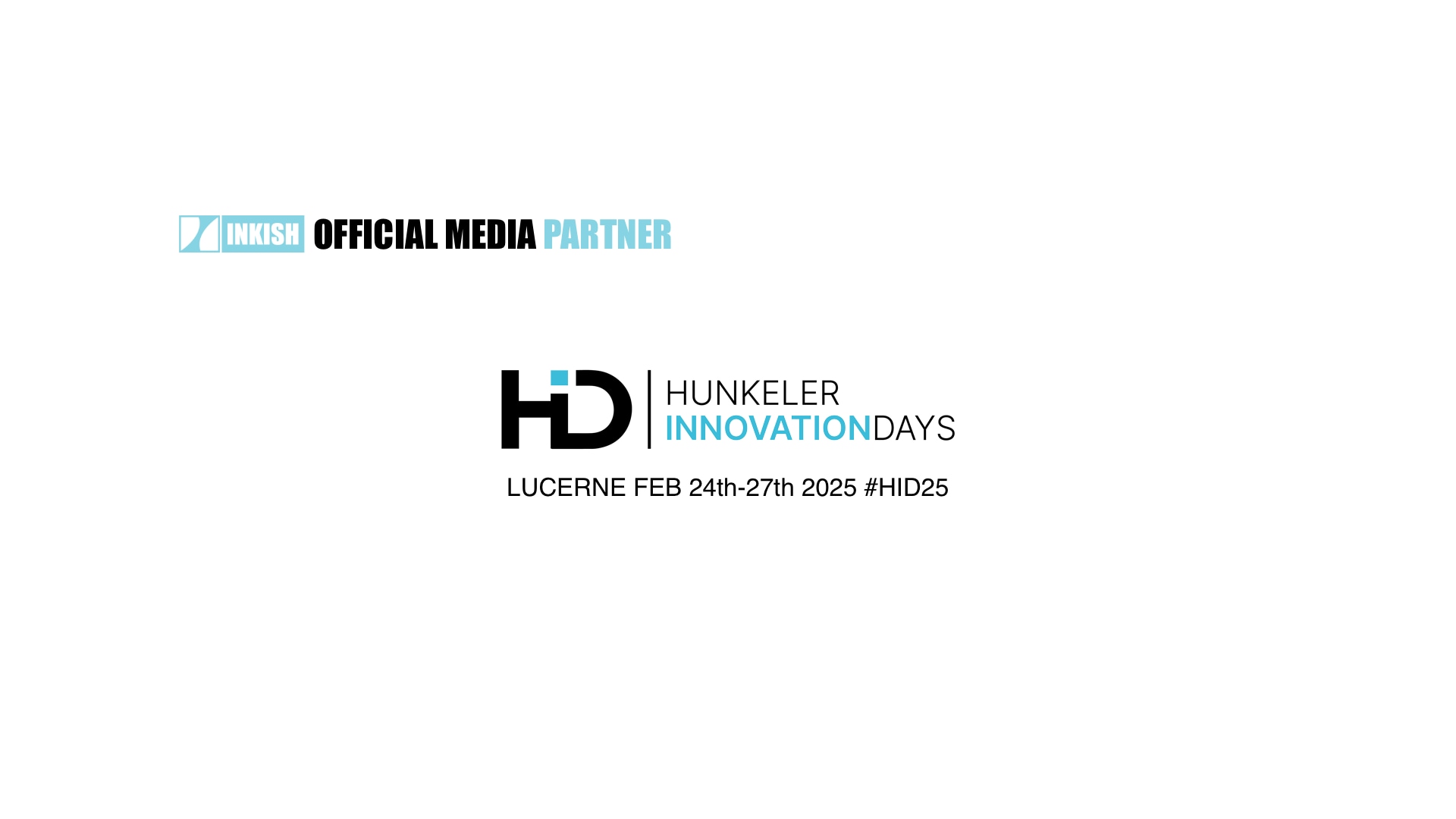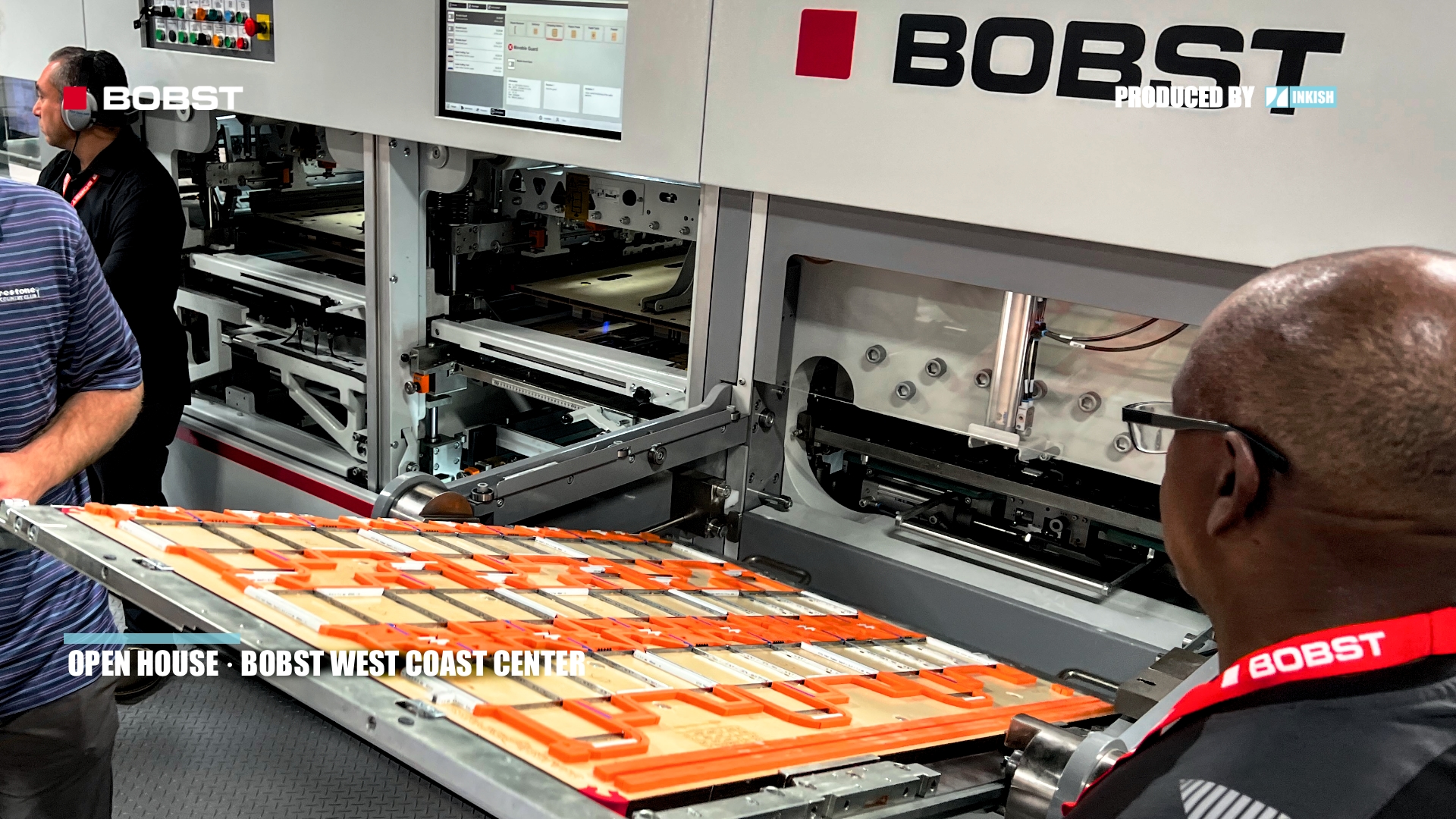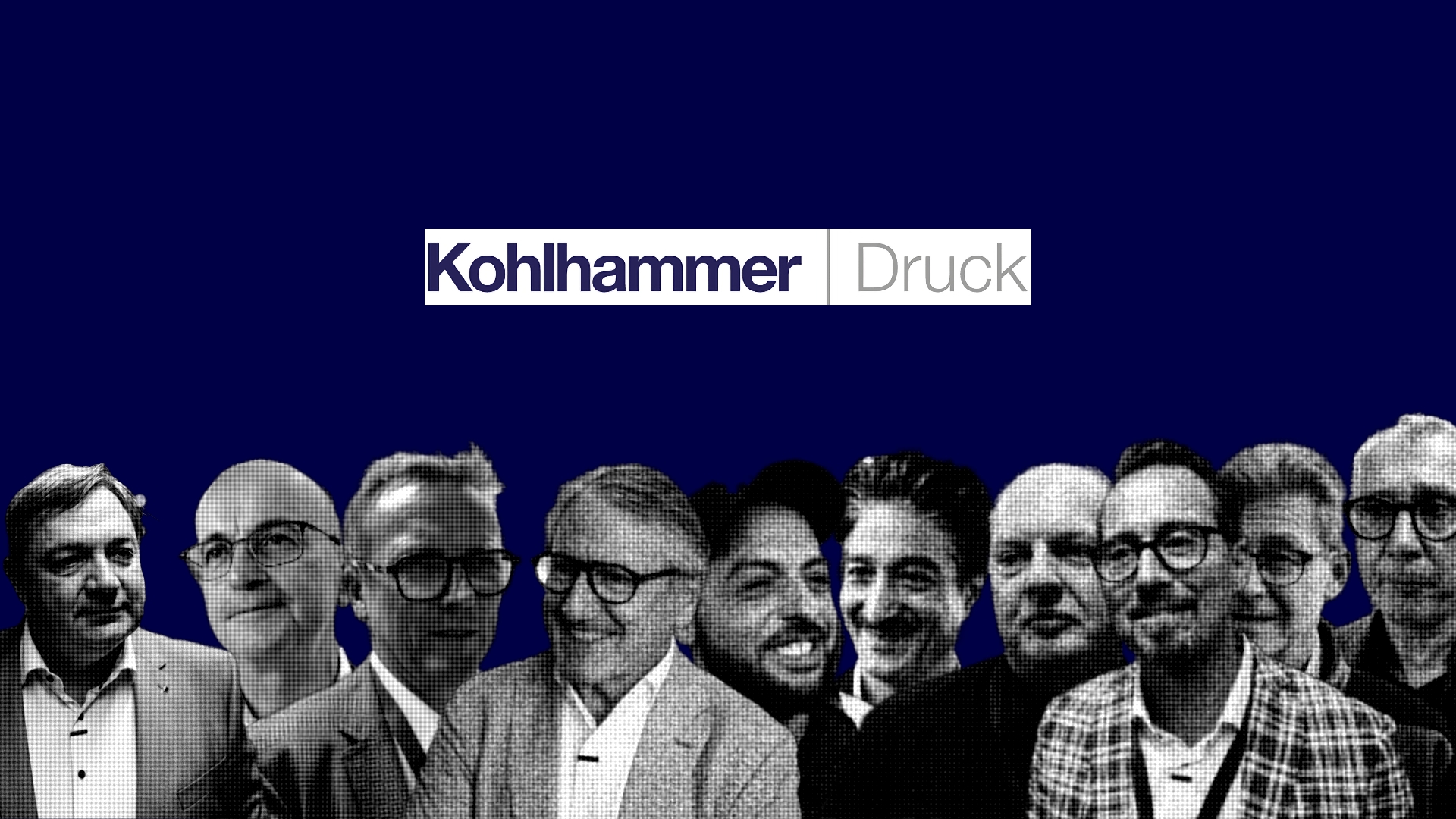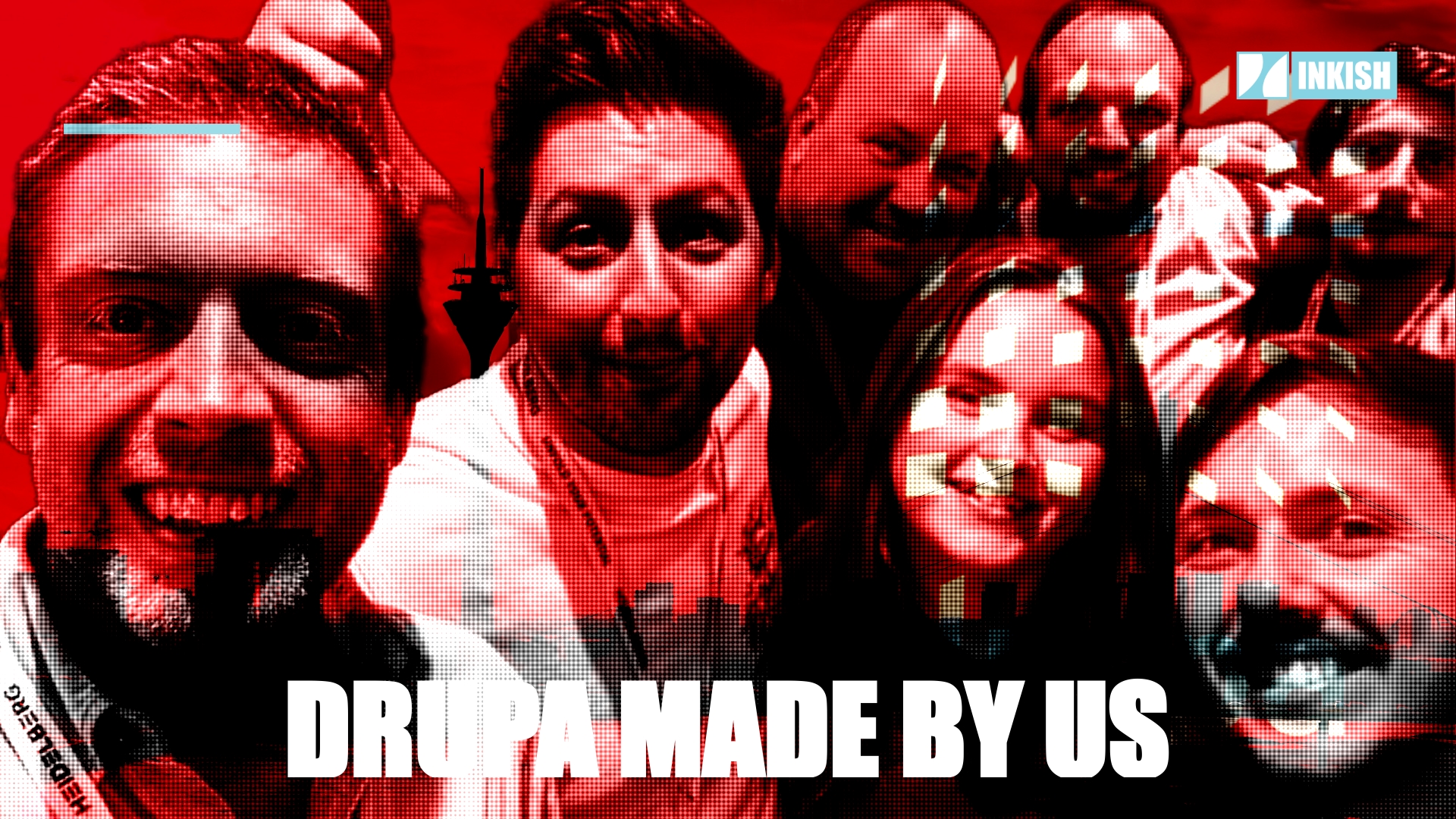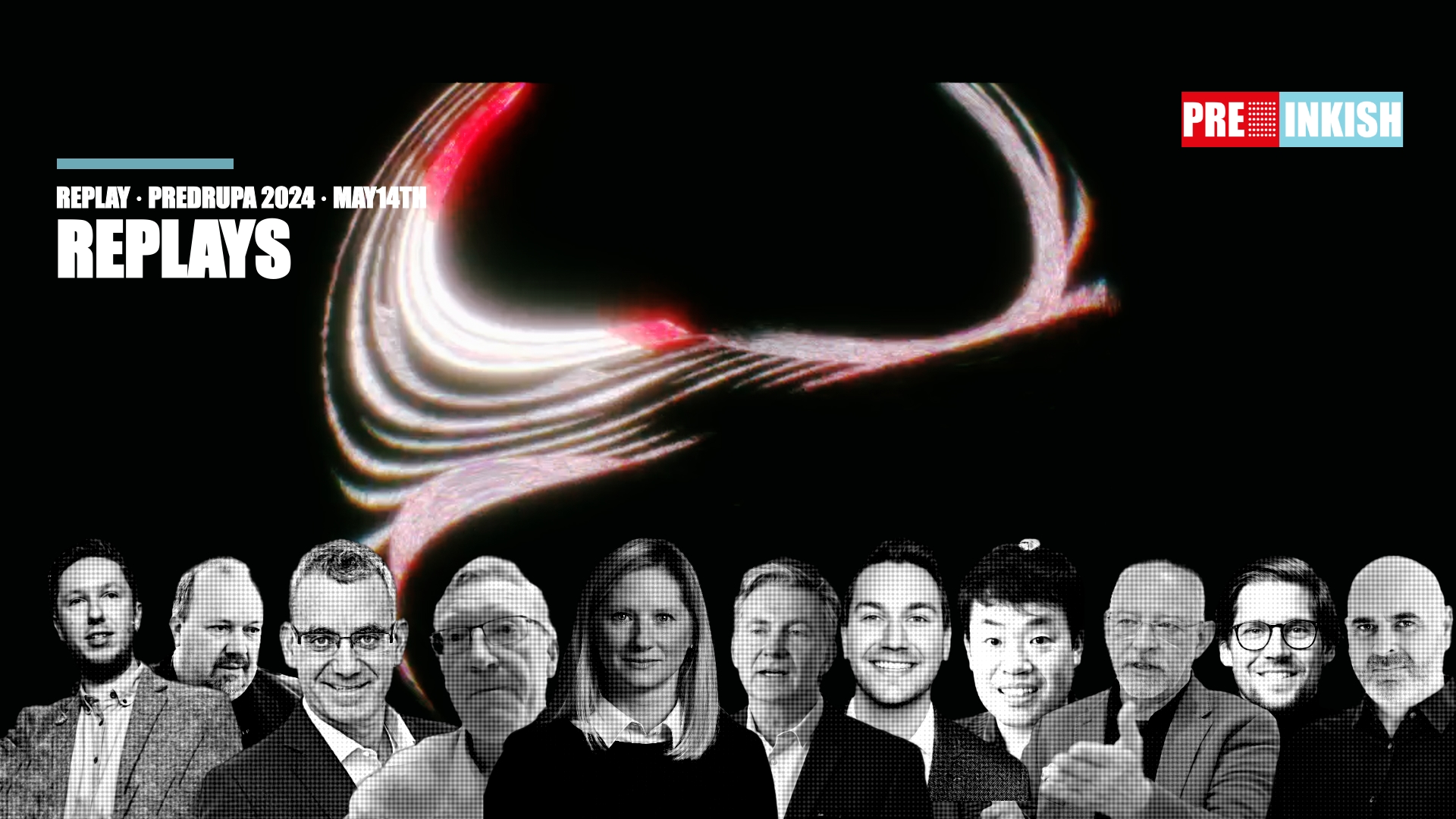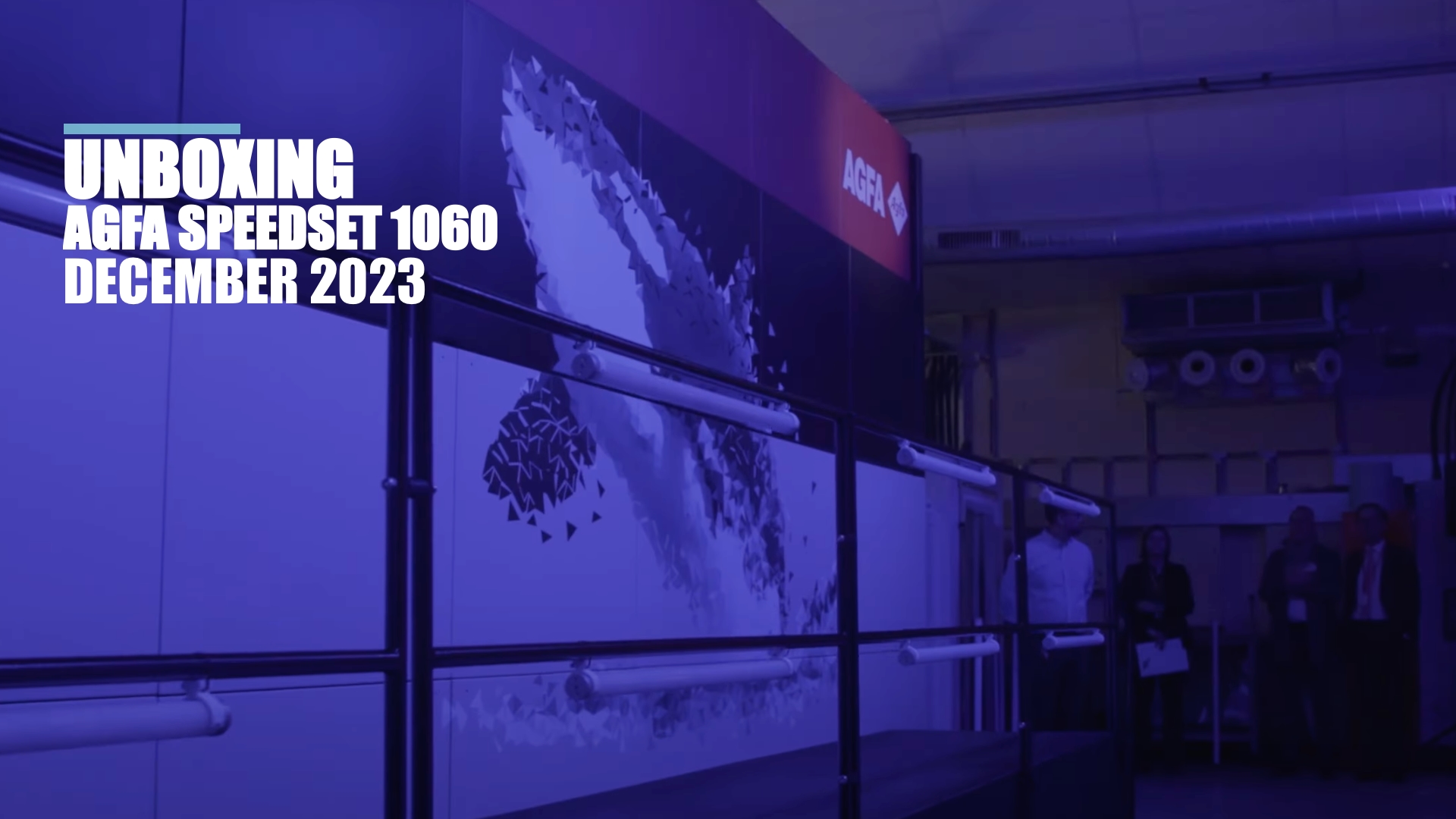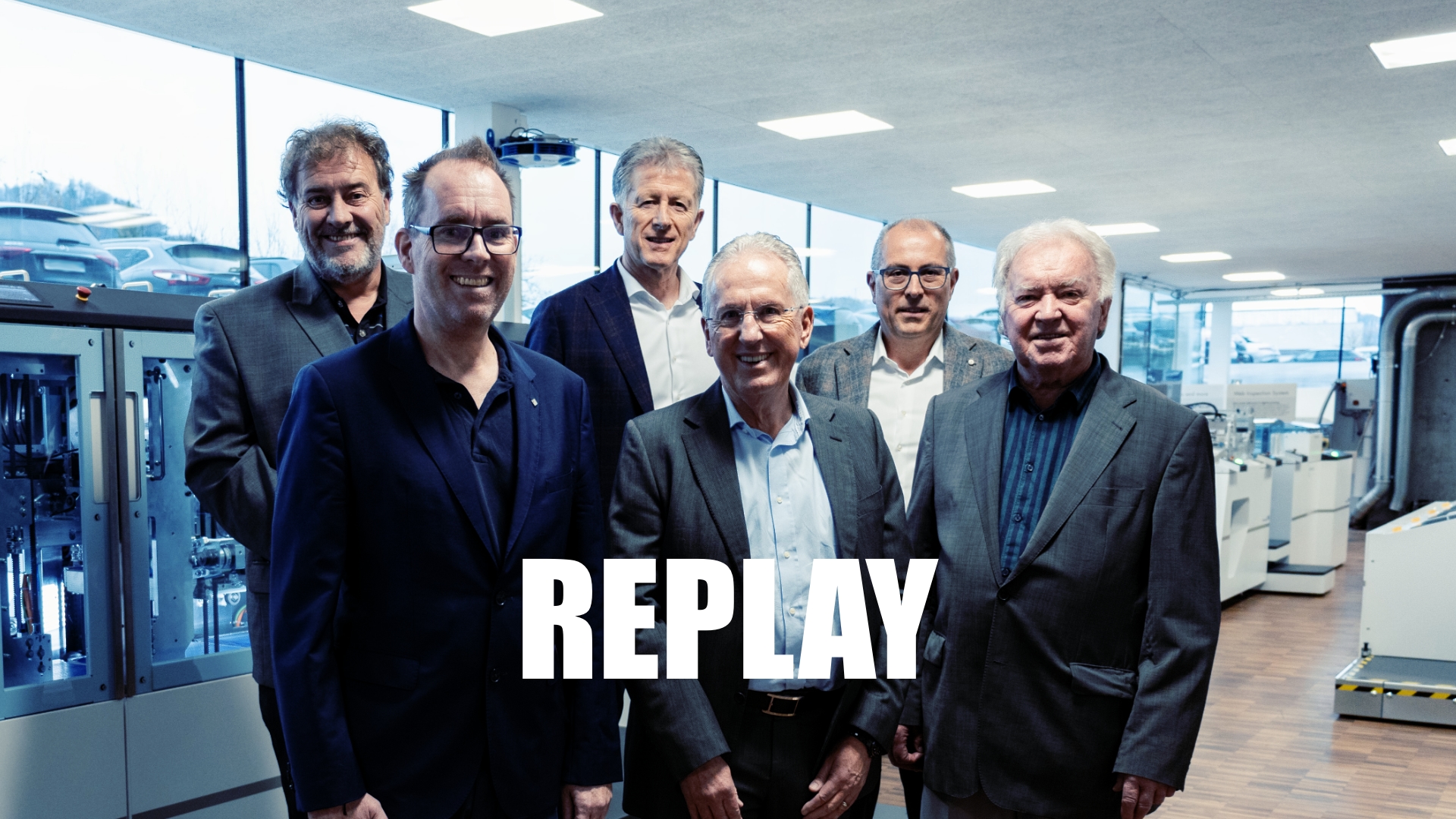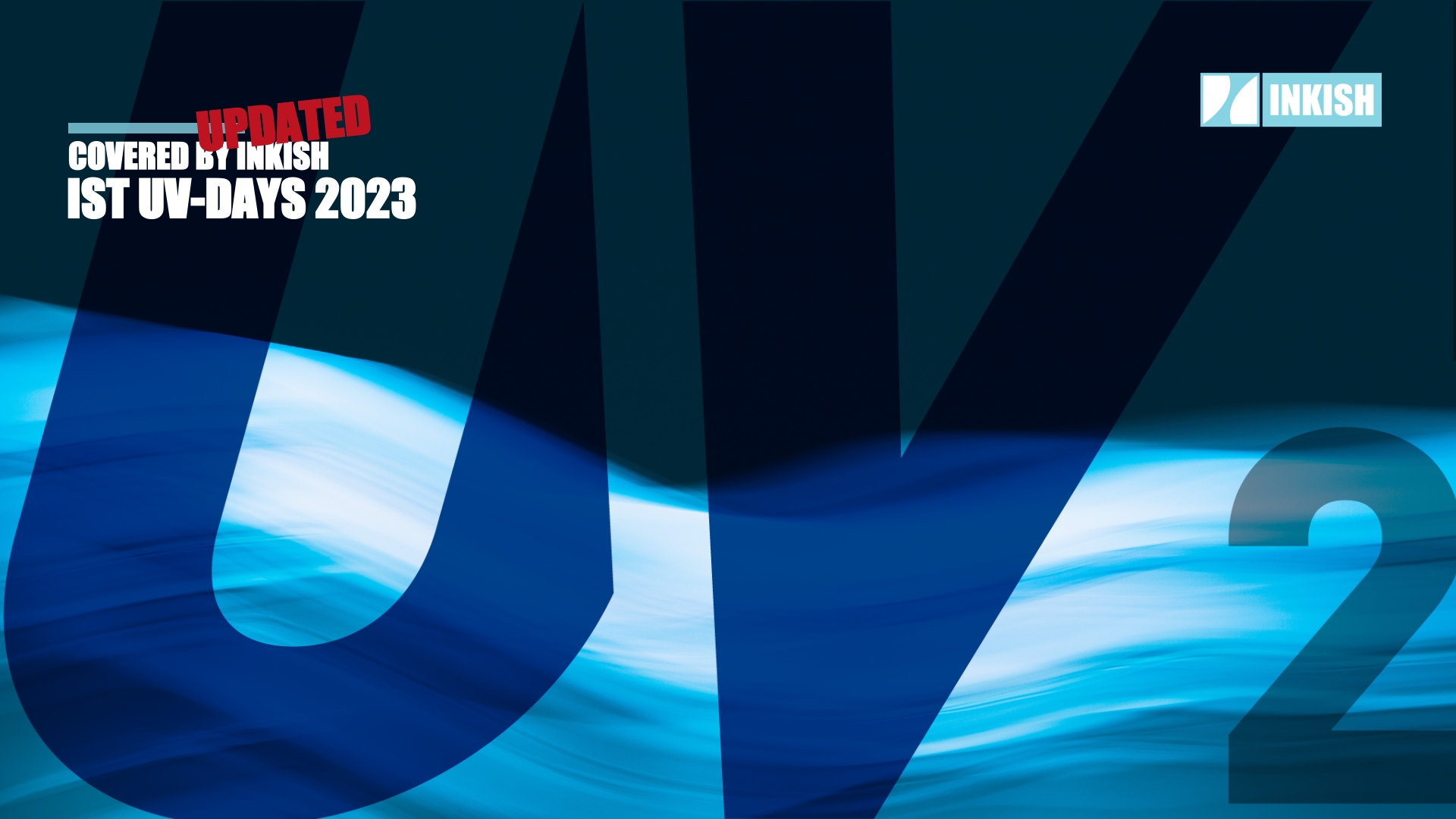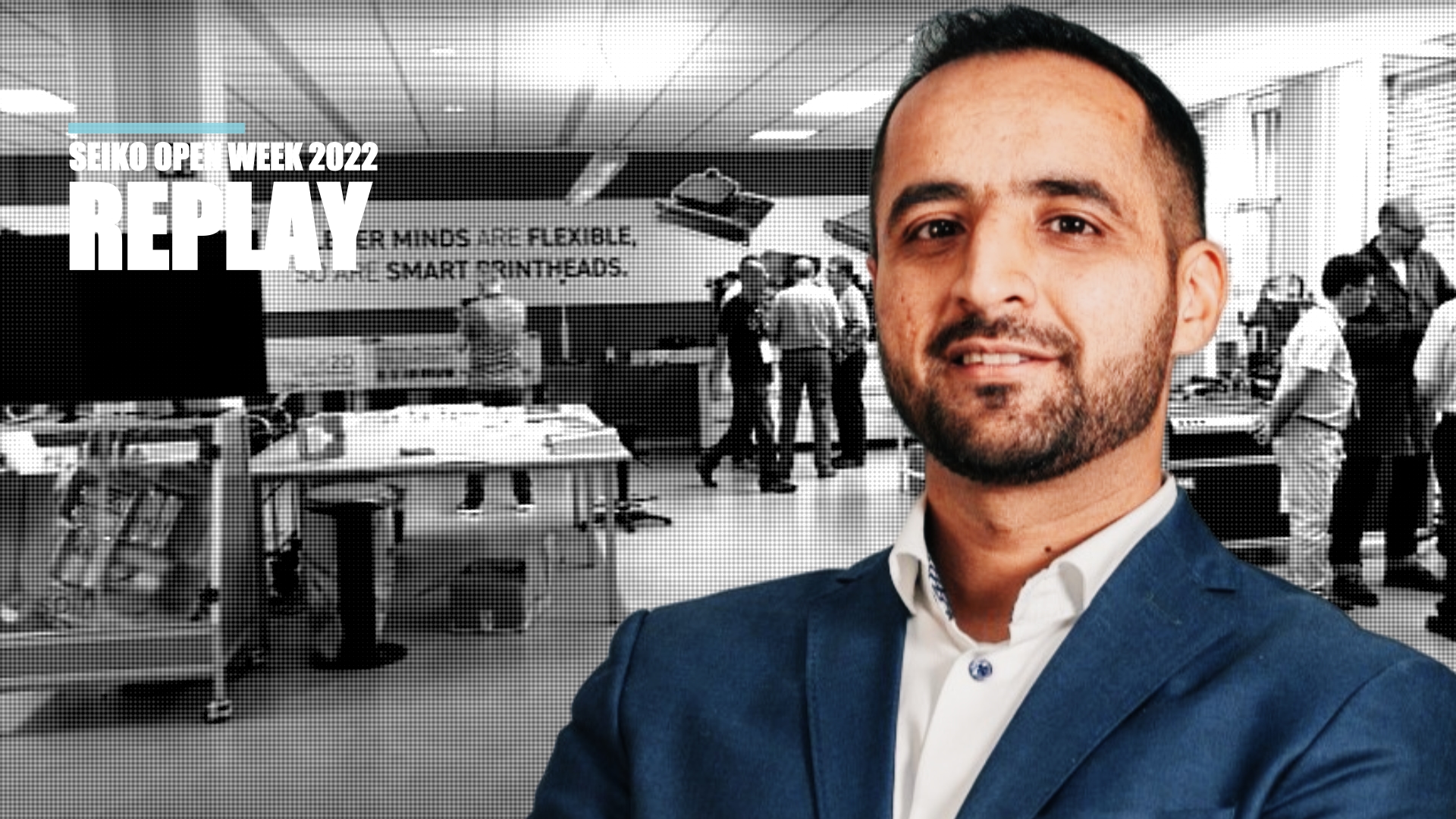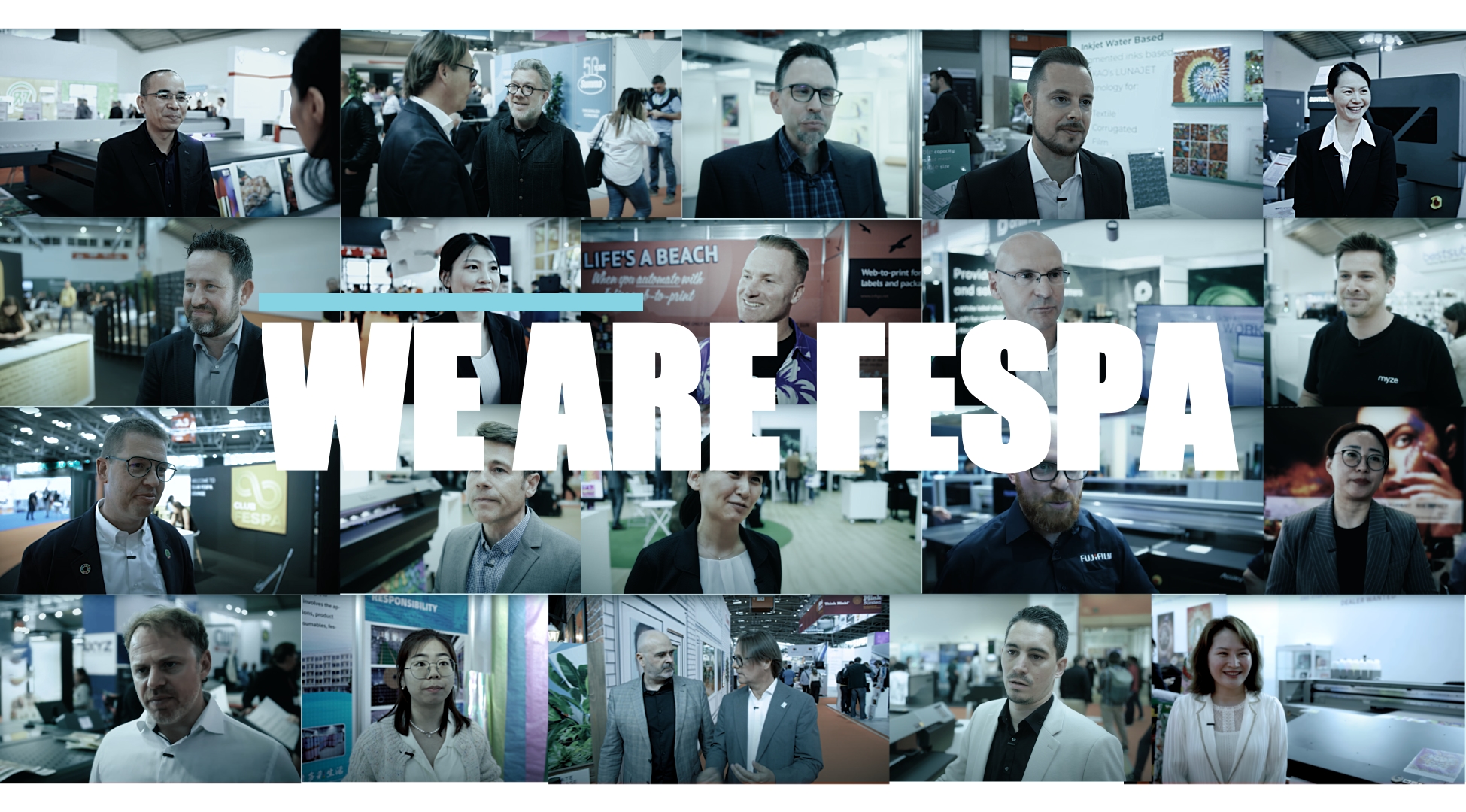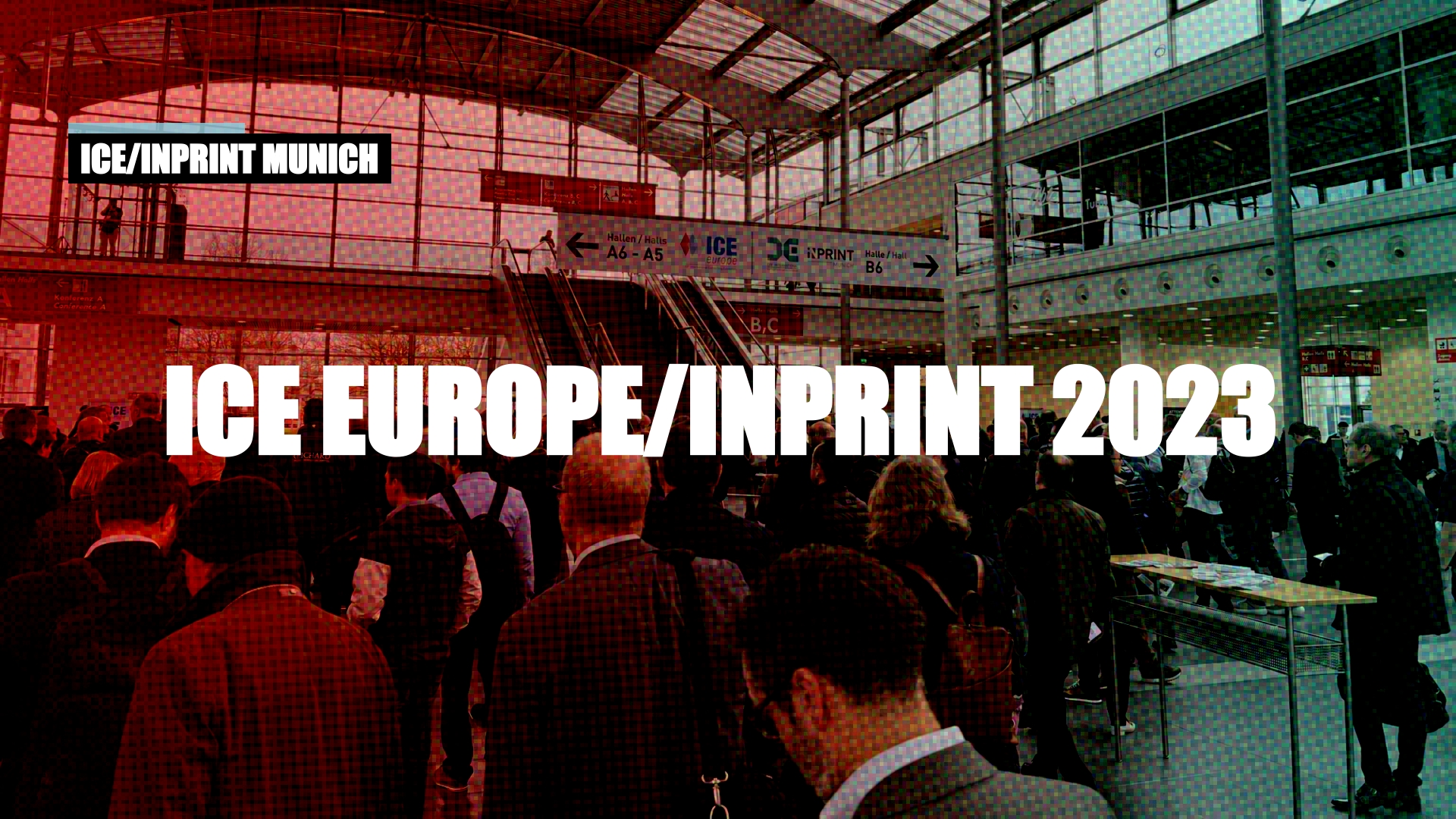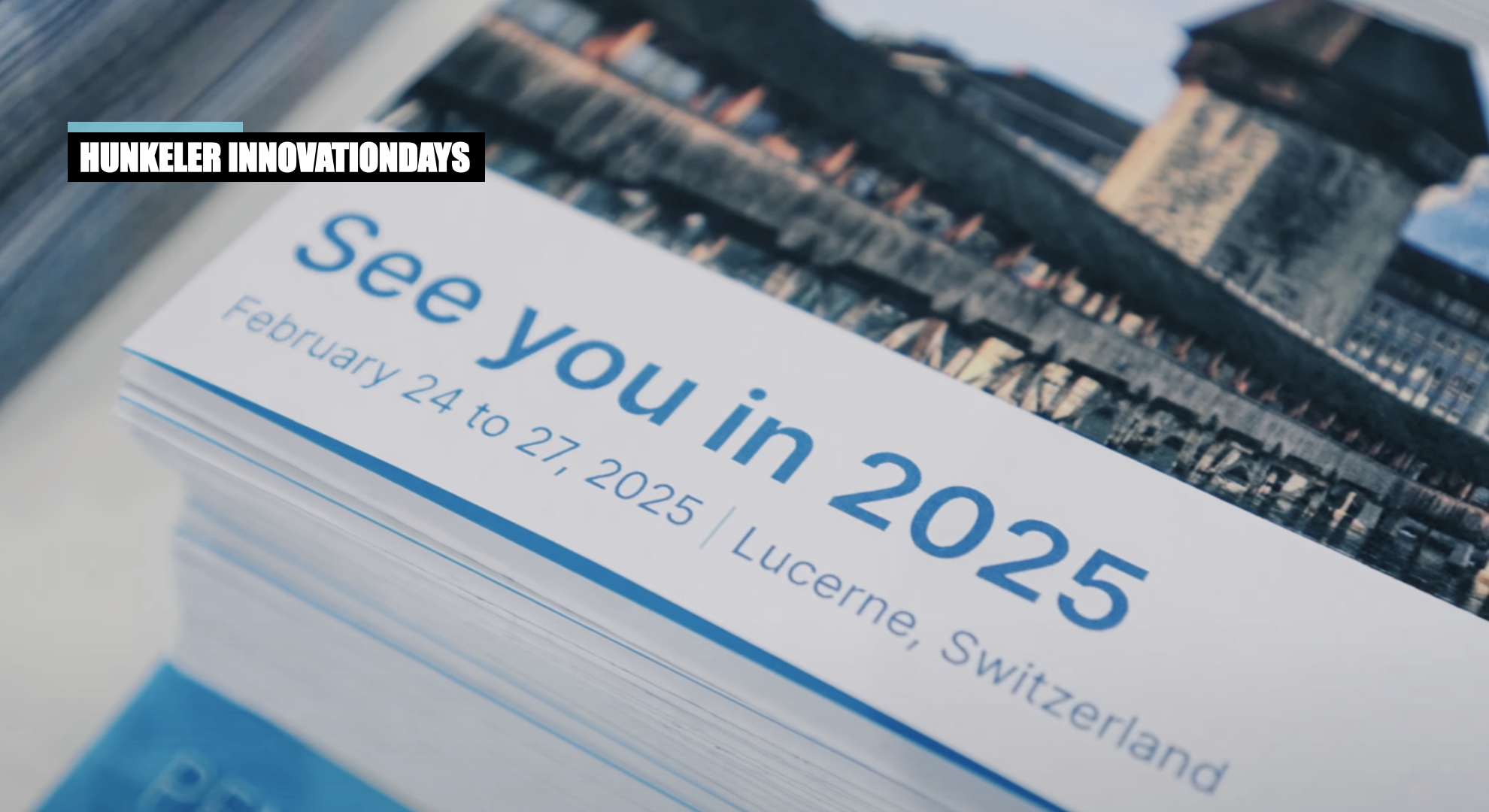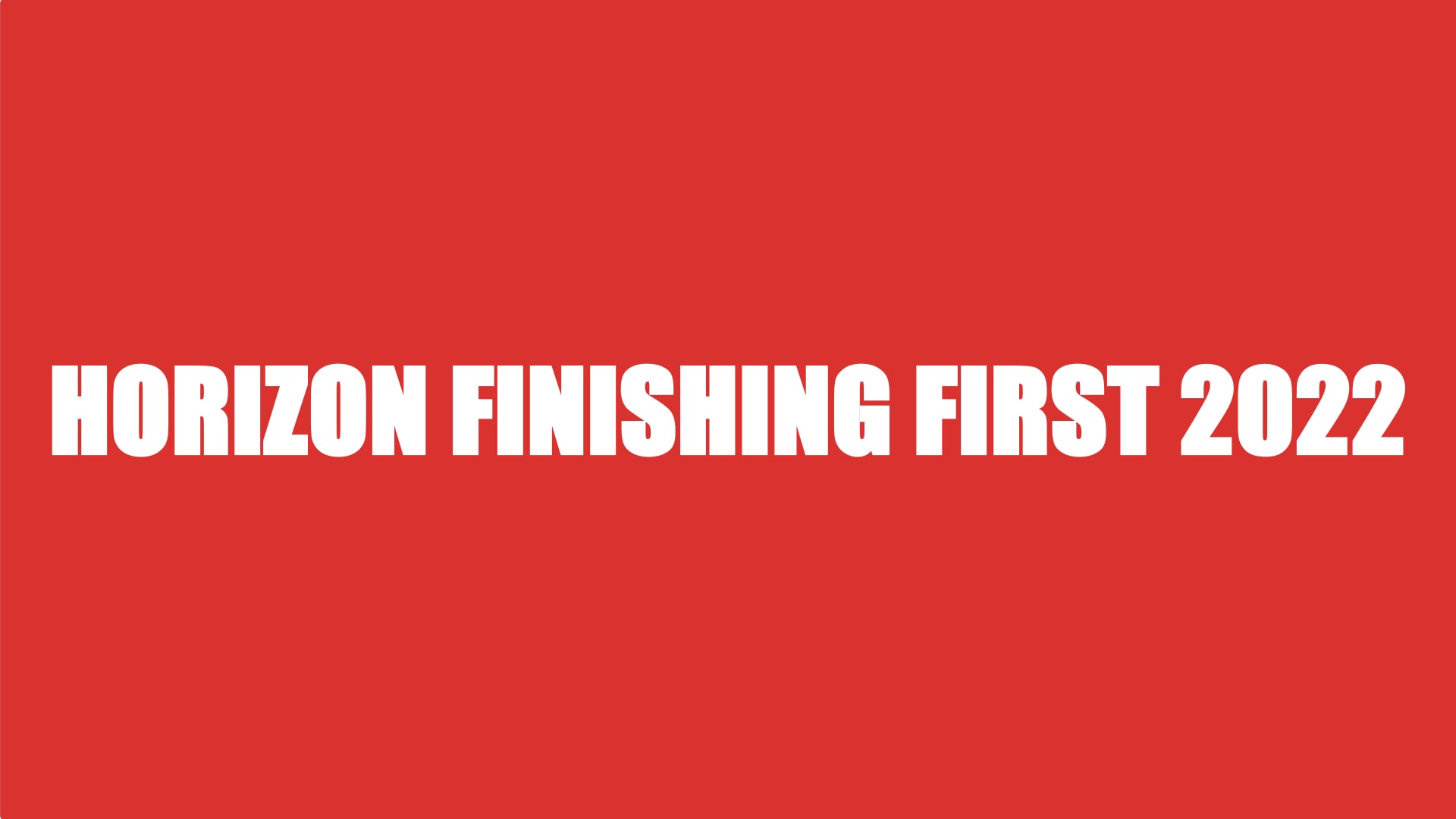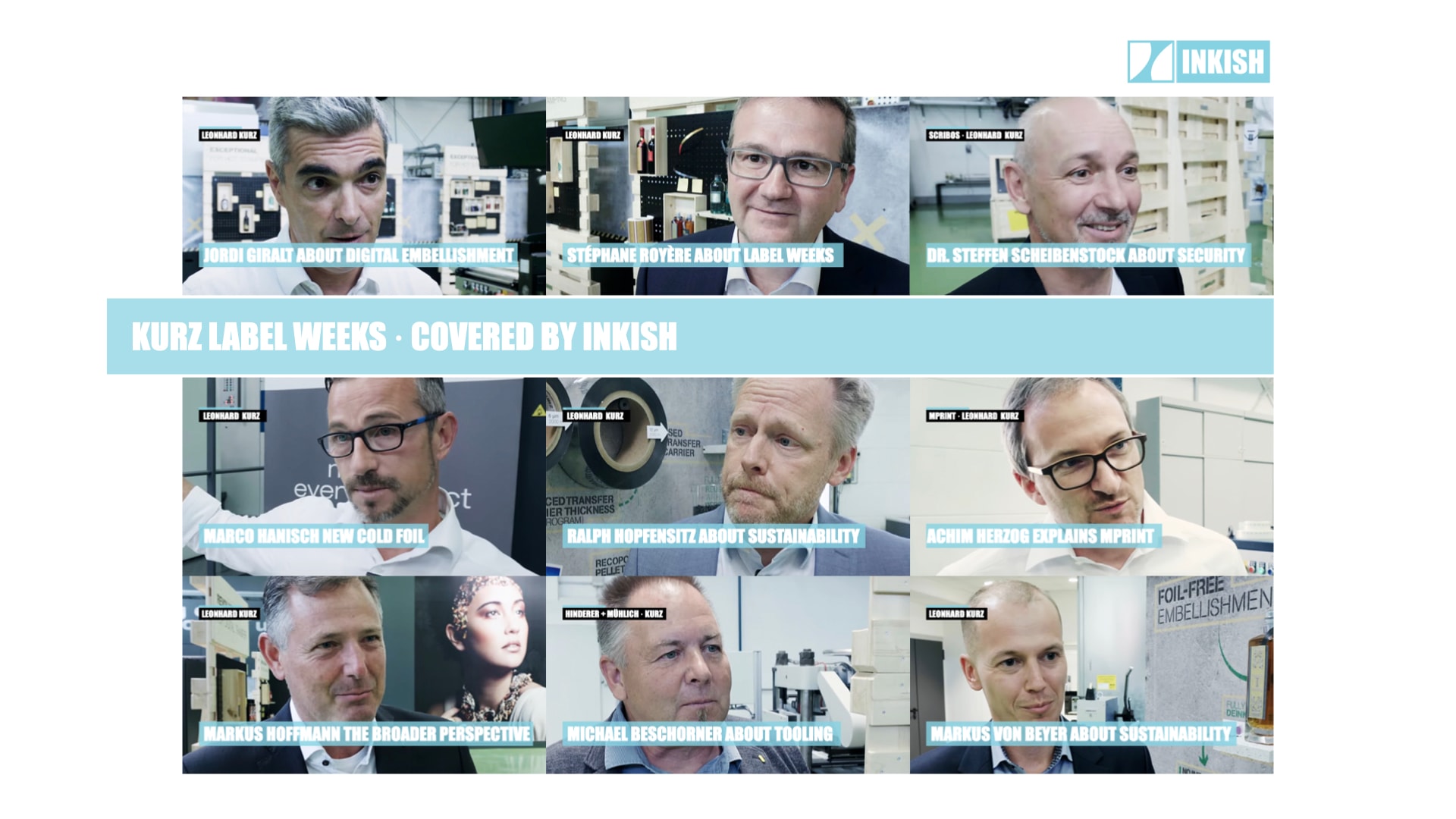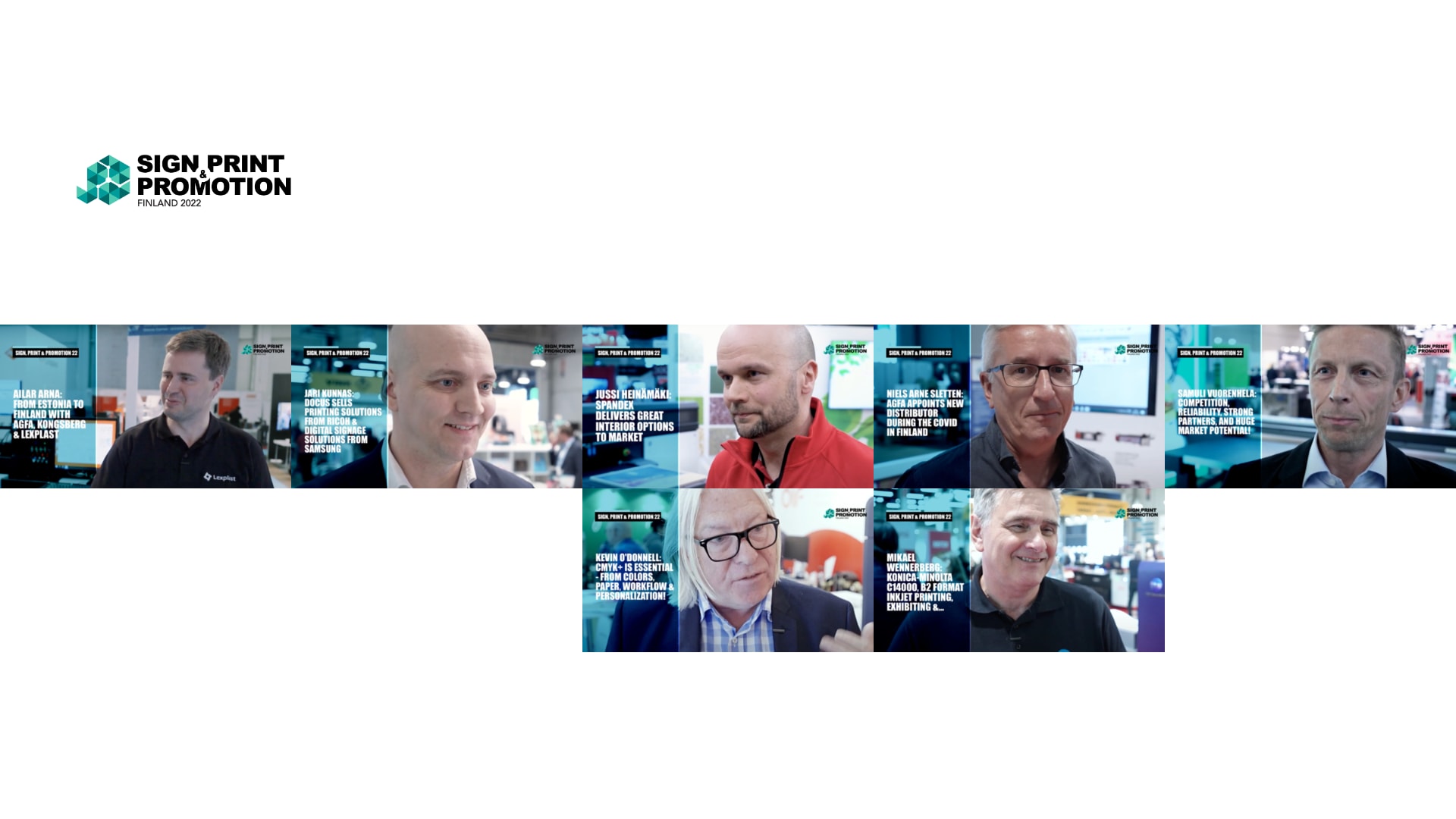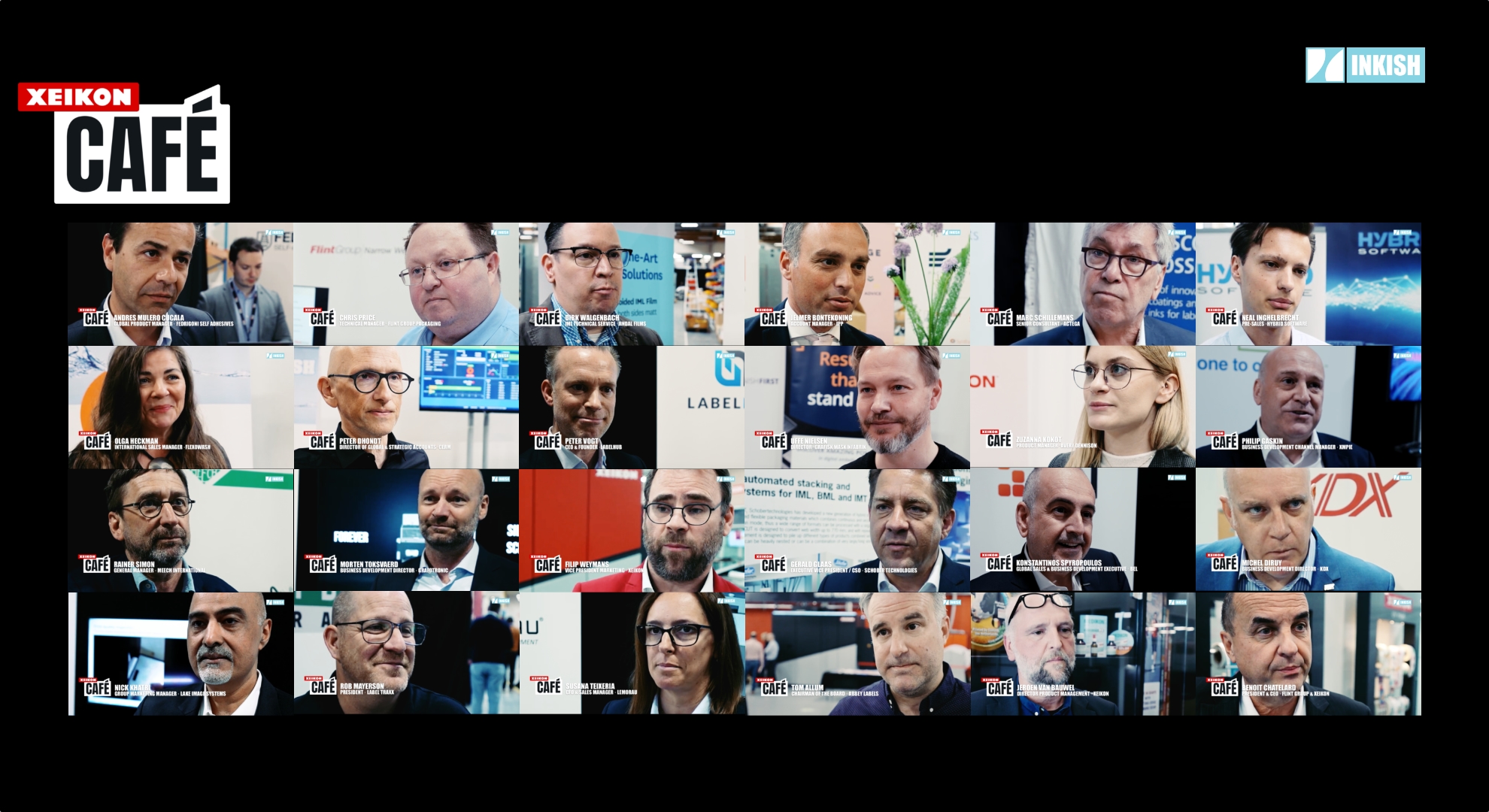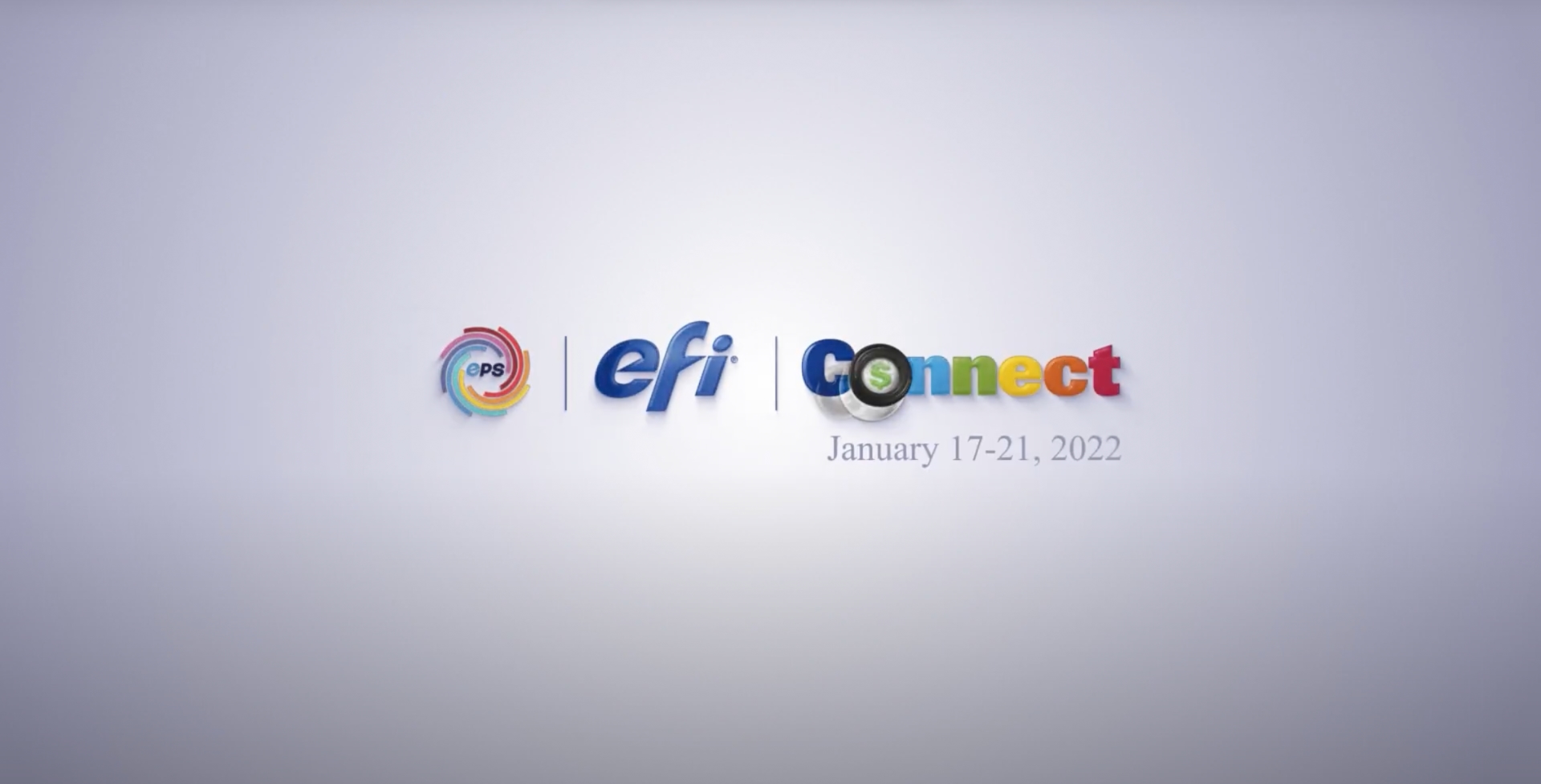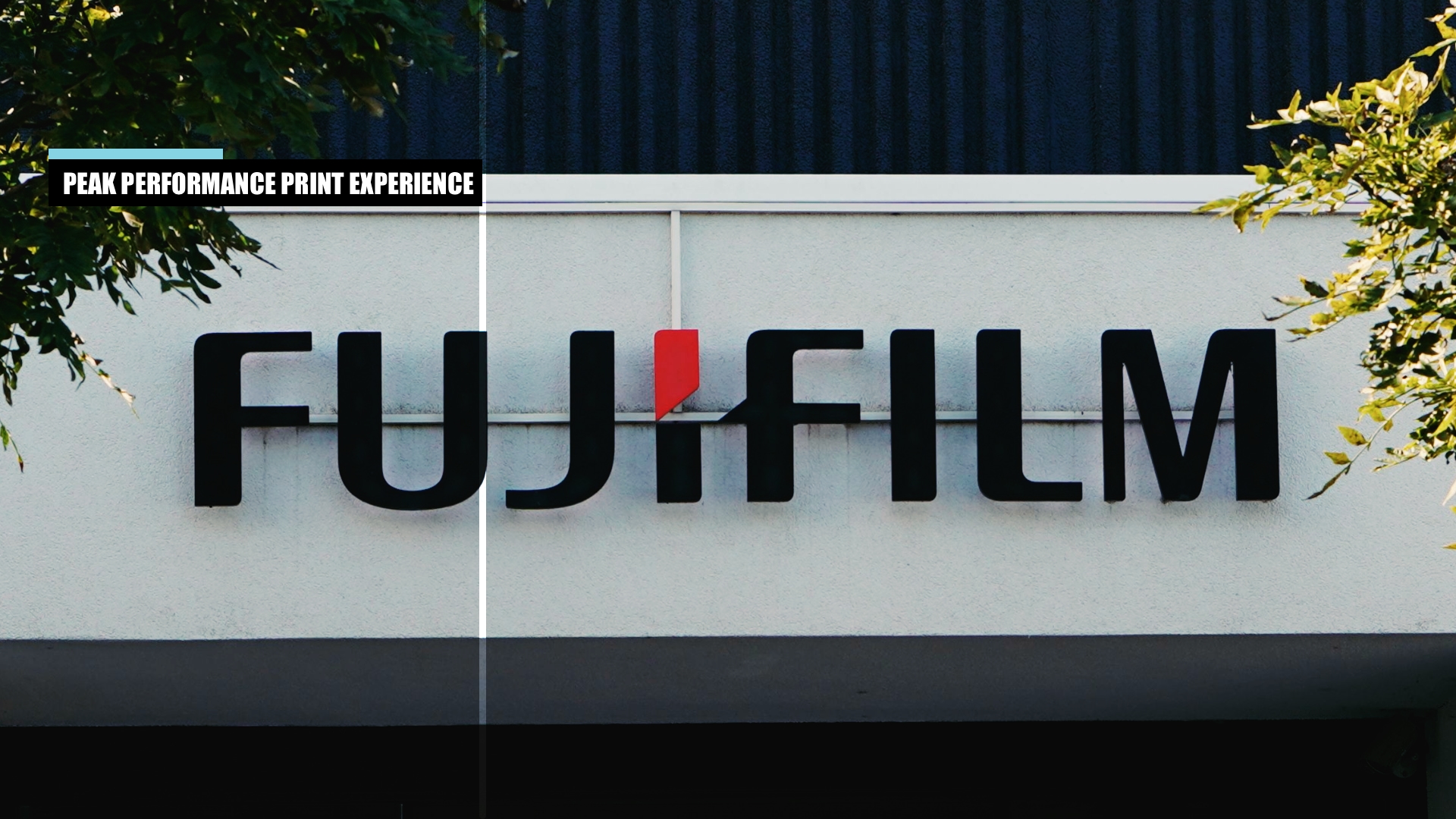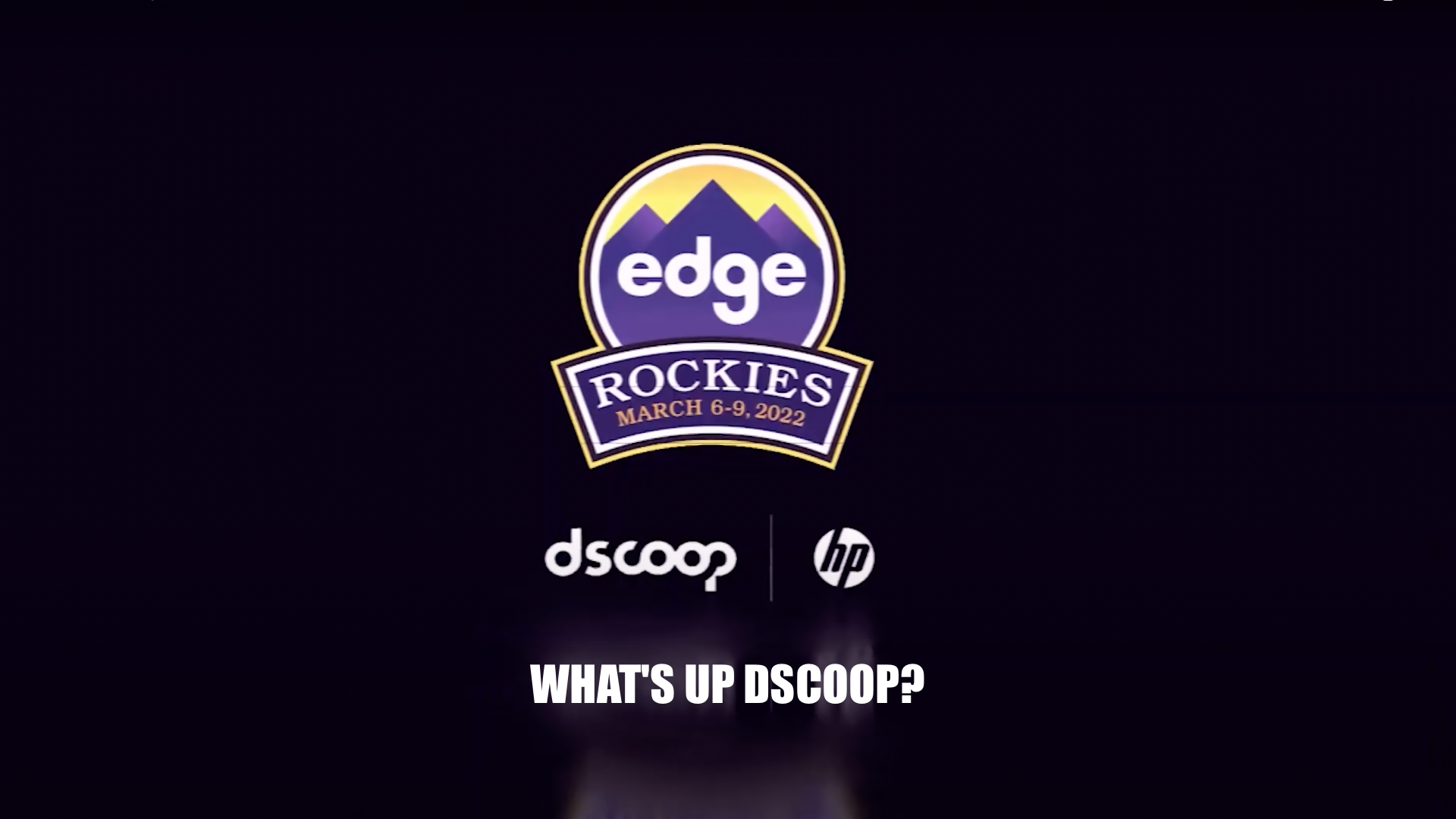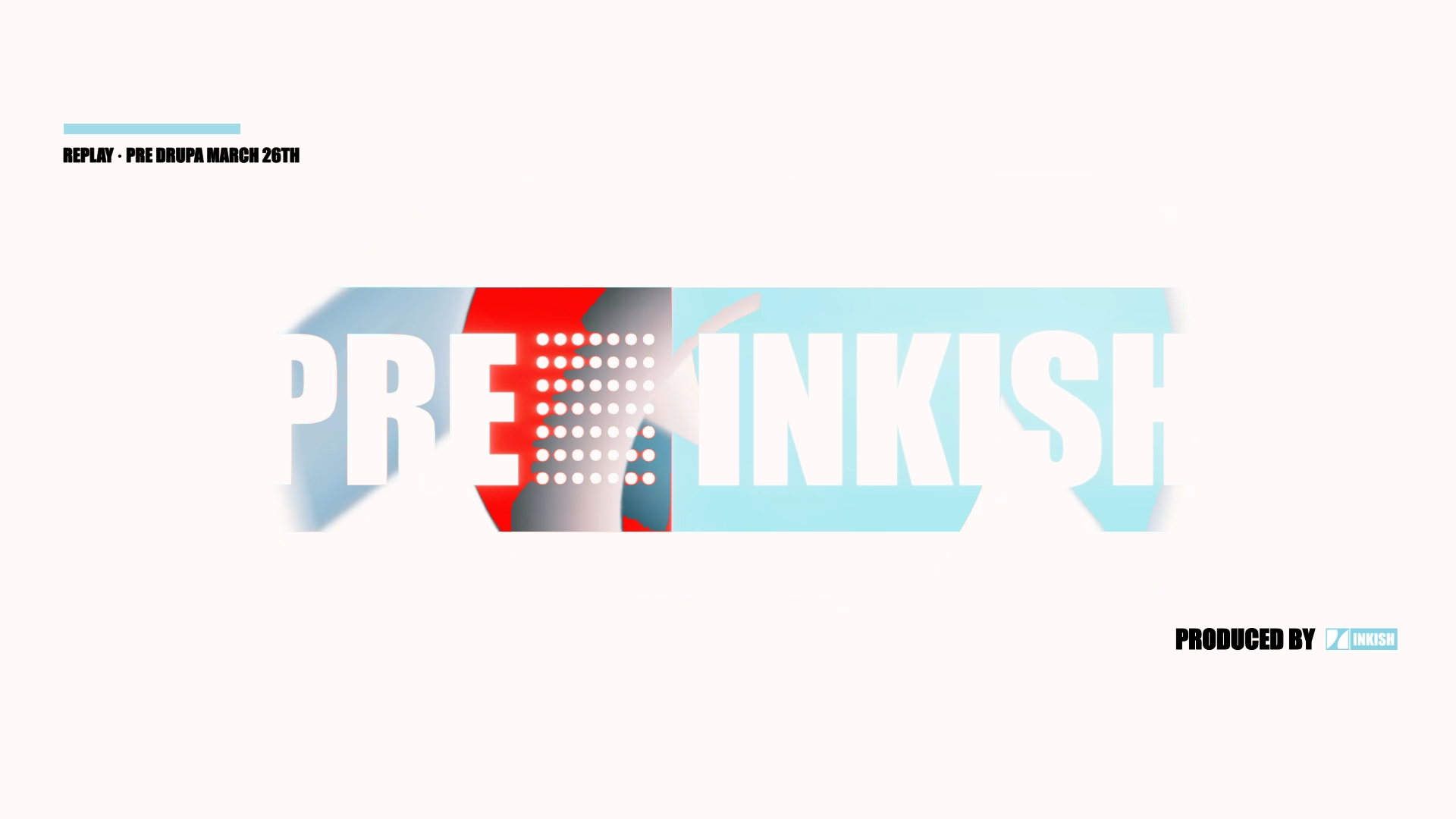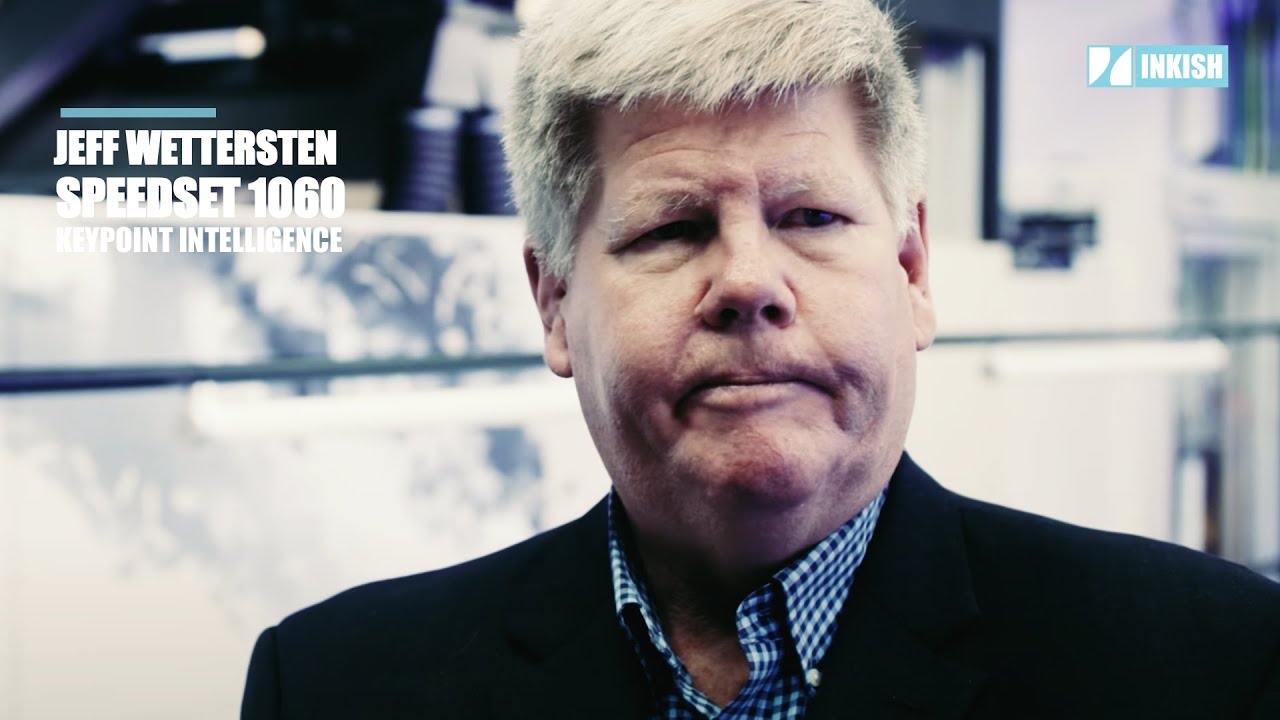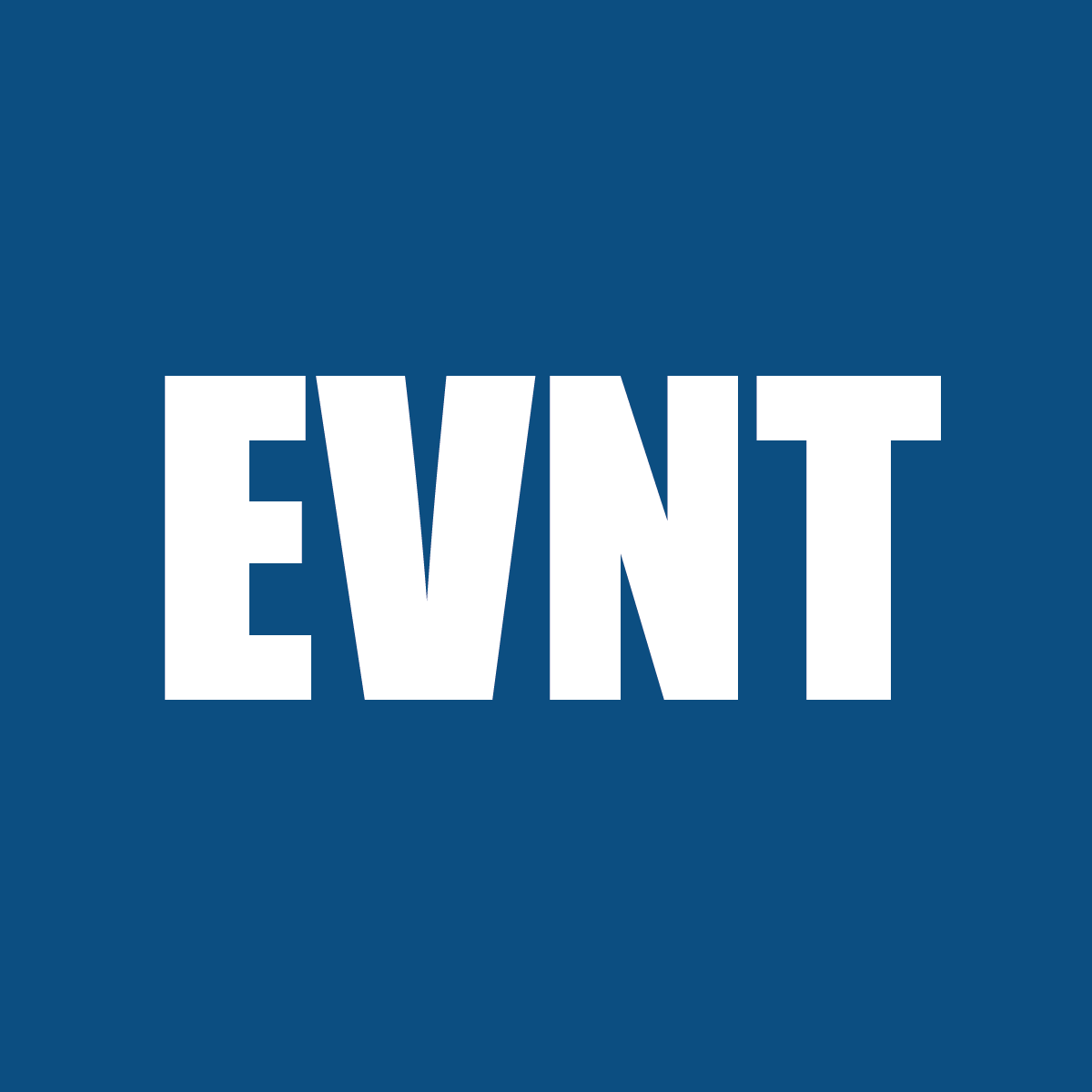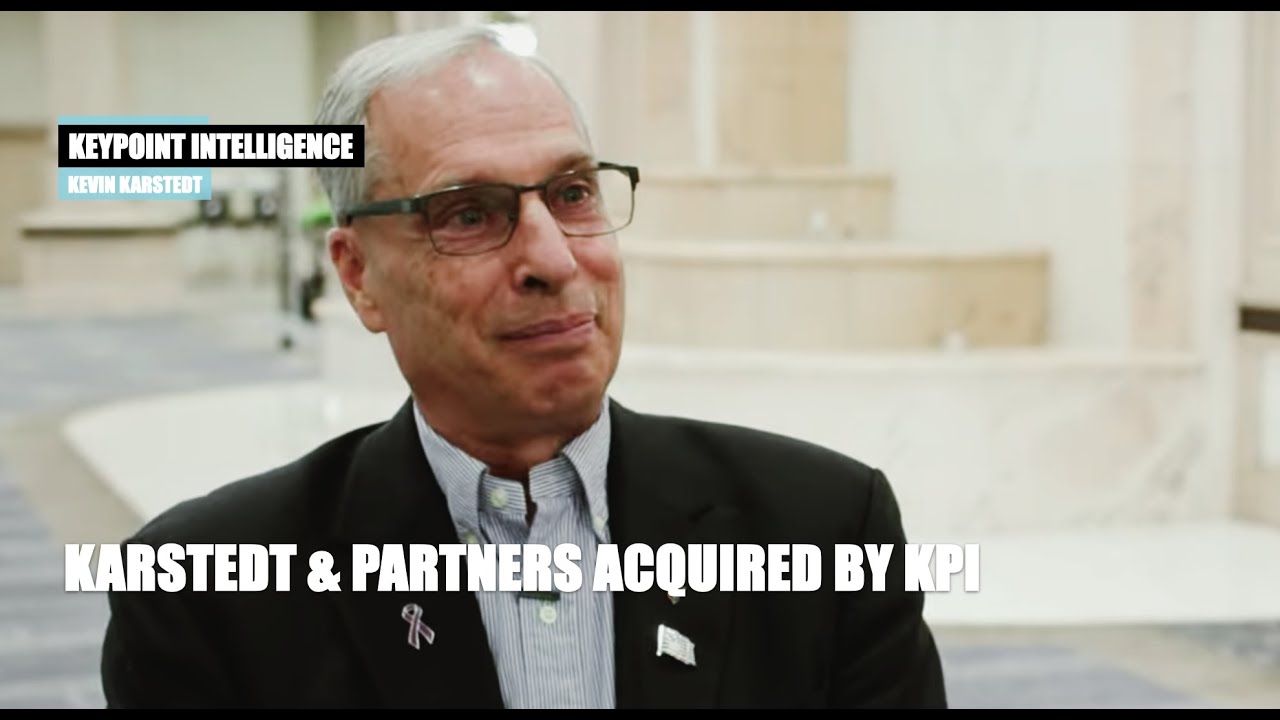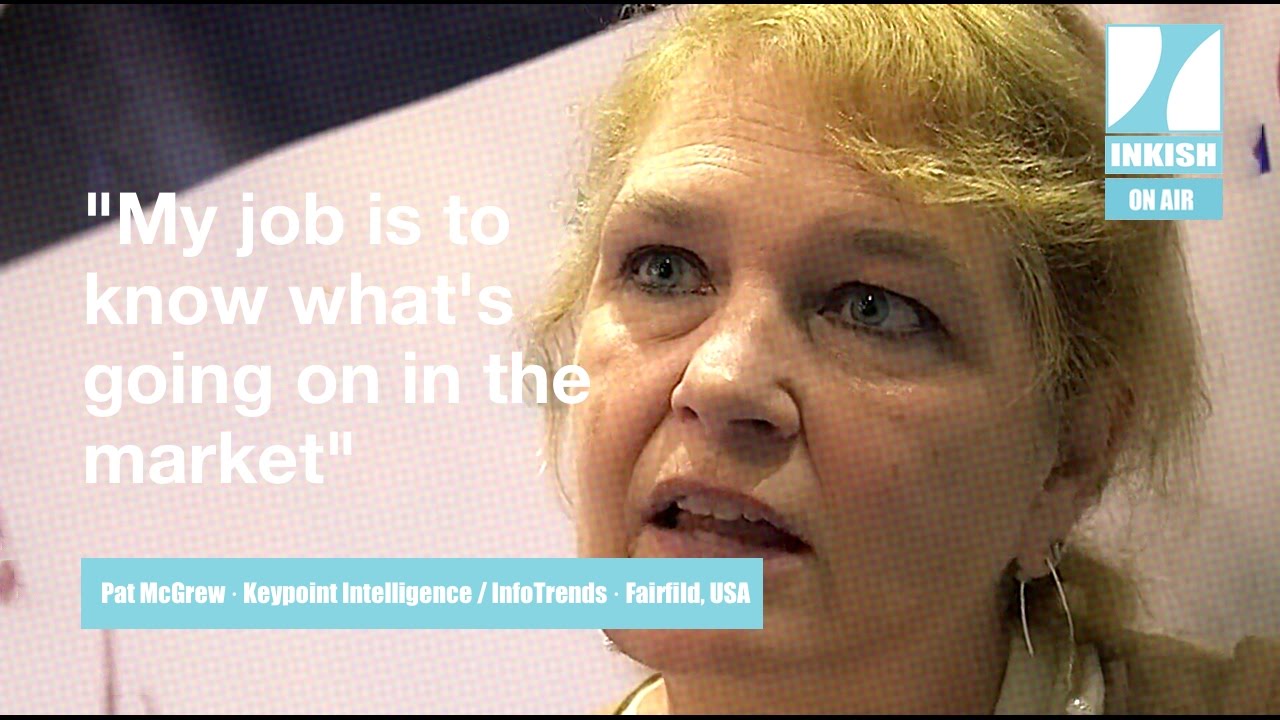German Sacristan · Group Dir. Digital Printing Prod. · Keypoint Intelligence · PRINTING United 2025
At Printing United Expo in Orlando, Wayne from INKISH sits down with German Sacristan, Principal Analyst at Keypoint Intelligence, to discuss global print market trends and the insights Keypoint provides to the industry.
German explains that Keypoint Intelligence is a global research and consulting firm primarily focused on the printing industry, headquartered in New Jersey and with offices in the UK and Japan. “We do market research, consulting, and printer testing,” he says. “Our clients range from OEMs and print service providers to paper merchants and finishing companies.” He adds that while many know Keypoint for its market reports, fewer realize the company also performs device testing—mostly on low- and mid-production printers—through its dedicated Cambridge testing facility in the UK.
When discussing market conditions, German notes that the U.S. and Western Europe are experiencing print volume consolidation, as more print buyers move online. “That work is shifting away from small copy centers toward high-volume digital production,” he says. “Smaller PSPs are outsourcing more to reduce risk and avoid large capital investments.”
By contrast, Asia-Pacific, Eastern Europe, and the Middle East/Africa markets remain more fragmented. “There, smaller PSPs are still thriving,” German explains. “They continue to invest in compact production printers, and online print adoption is slower. The offset crossover point to digital also differs because of lower ink costs in those regions.”
Turning to the U.S., German observes that tariffs and rising costs—including materials, shipping, warehousing, and postal rates—are reshaping the landscape. “The price of print is increasing,” he says. “But instead of competing only on cost, printers need to emphasize value. Position print strategically within marketing and communication campaigns, and customers will pay more when they see the return on investment.”
He agrees that convergence—printers branching into labels, packaging, or textiles—is real but not new. “Printers have always sought variety,” he says. “If they can expand their portfolio and cross-sell to existing customers, they will.”
German concludes on a balanced note: “Print remains sustainable. Offset volumes are declining, but digital print continues to grow. The key is to identify where print fits best in the communication mix and keep demonstrating its value.”
Wayne wraps up the conversation by recommending Keypoint Intelligence’s reports. “They’re detailed, data-driven, and honest,” he says. German smiles and replies, “That’s what we do—tell it like it is, and show where the opportunities still exist.”
